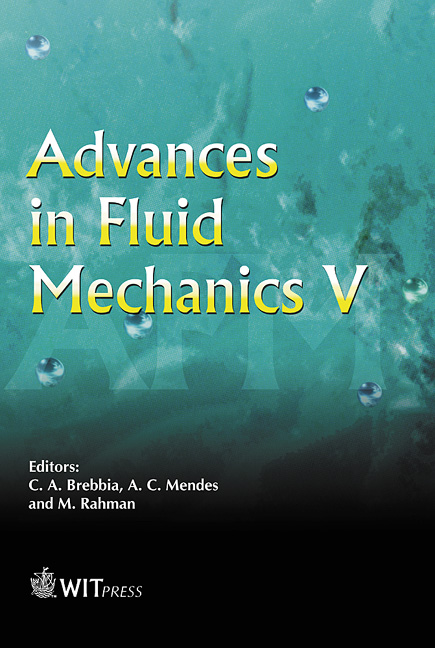Secondary Instabilities In Shock-induced Transition To Turbulence
Price
Free (open access)
Transaction
Volume
45
Pages
10
Published
2004
Size
1,068 kb
Paper DOI
10.2495/AFM040141
Copyright
WIT Press
Author(s)
P. Vorobieff, C. Tomkins, S. Kumar, C. Goodenough, N.G. Mohamed & R.F. Benjamin
Abstract
Richtmyer-Meshkov instability (RMI) occurs wherever a density gradient is impulsively accelerated, e.g., by a shock wave. Misalignment between pressure and density gradients leads to baroclinic production of vorticity, the latter resulting in formation of vortical structures after the shock wave passage. The vortex-dominated evolution of the flow eventually leads to turbulence. In the process of RMI-induced transition to turbulence, several secondary instabilities could develop in the flow, driven, e.g., by shear (Kelvin-Helmholtz) or by density-pressure gradient misalignment (secondary baroclinic instability). The exact nature of the secondary instabilities has been the subject of some discussion in the lite
Keywords





